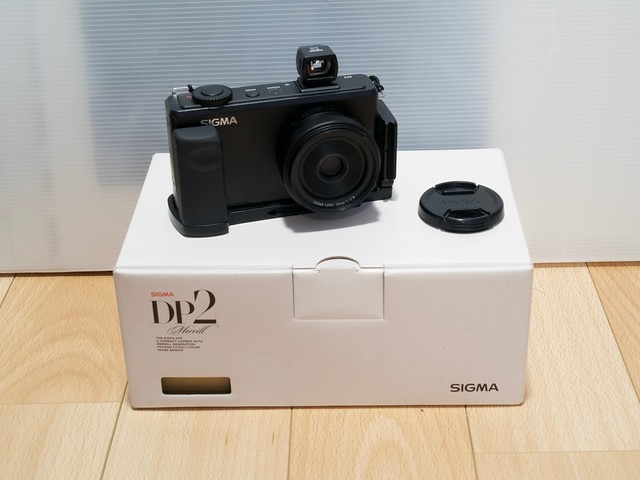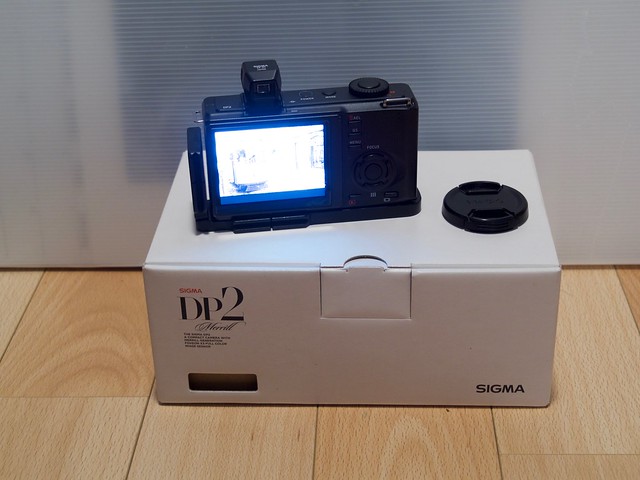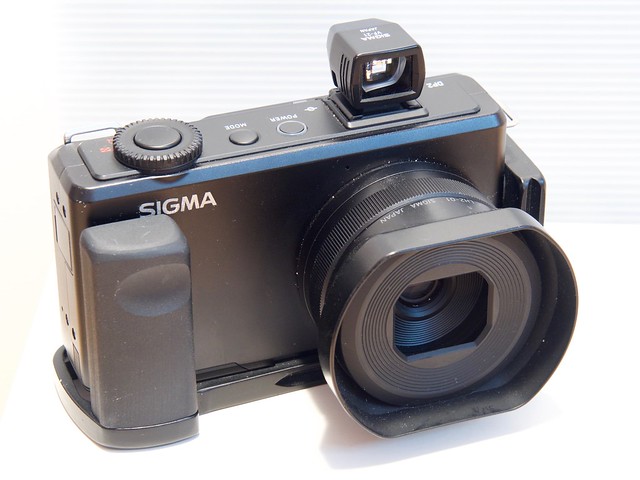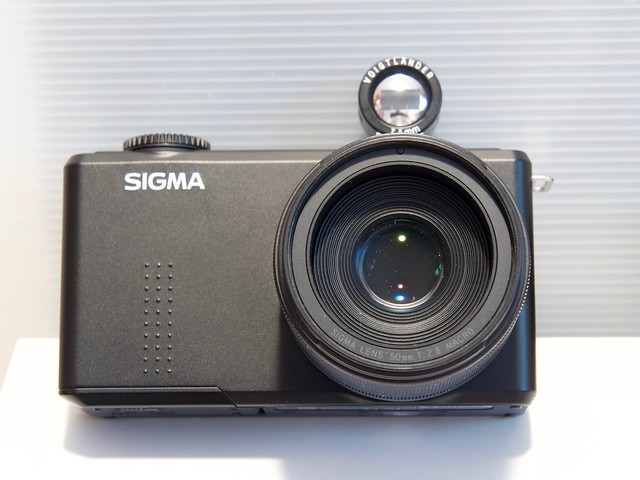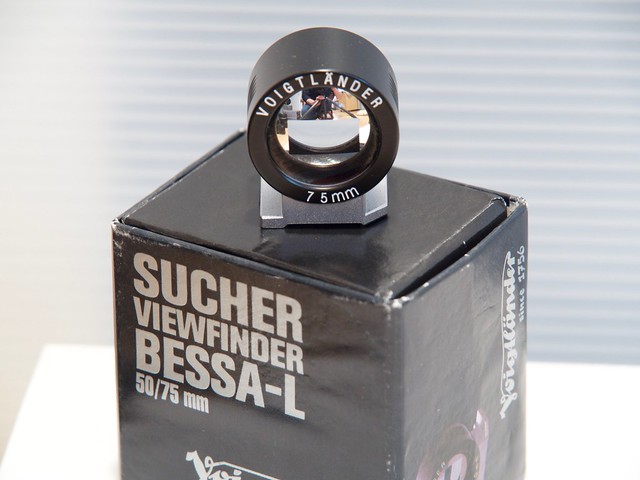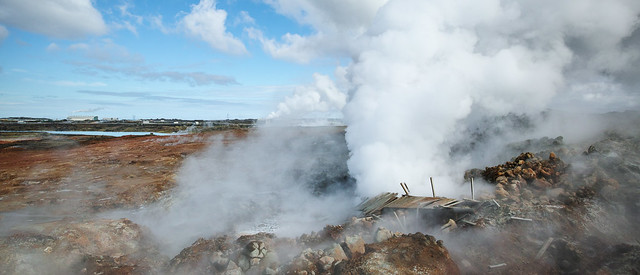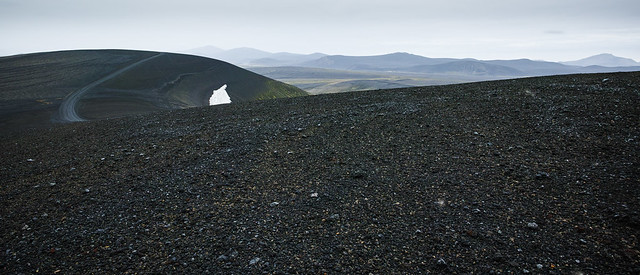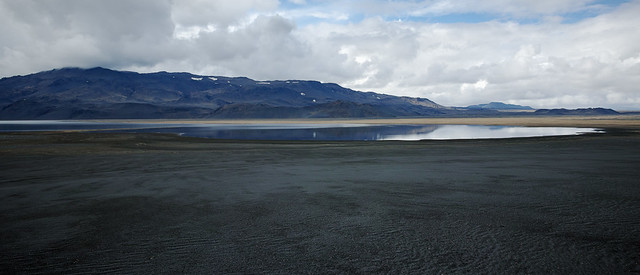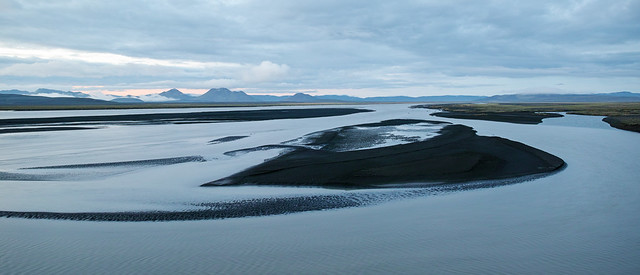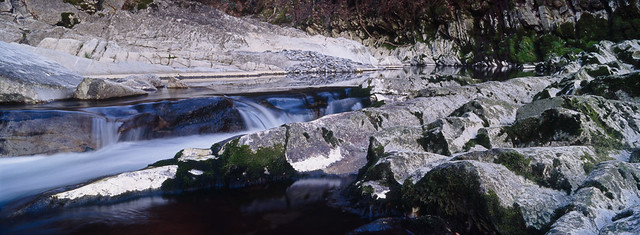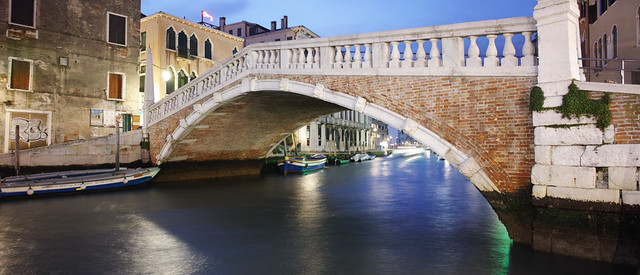Sigma DP0 Firmware 2.0
old toy becomes new toy
The recent very welcome and generous firmware update (2.0.1) for Sigma’s DP Quattro cameras has added several new dimensions to working with the output. The update brings two major new features:
- DNG Output
- SFD (Super Fine Definition mode)
Of the two, DNG is probably the most significant: it means that it is no longer necessary to use Sigma Photo Pro to process raw images. They can now be opened directly in various DNG compatible applications. I’ve tried Adobe Lightroom, Photoshop, Photo Mechanic, Alien Skin Exposure, Iridient Developer. They all work fine. This is a huge boost to workflow, and opens up Sigma Quattro cameras to all those put off by having to use Sigma Photo Pro (which, by the way, is actually nowhere as awful as the internet echo chamber would have you believe).
On top of this, you can now use software such as XRite ColorChecker to create customer camera profiles to use in compatible applications.
SFD is a bit more esoteric. SFD mode combines 7 standard frames automatically shot at different exposures to obtain a single file with extended shadow and highlight detail, and lower noise. Basically an auto-HDR, but thankfully without the kitsch. Unlike, say, Olympus in-camera HDR, here all individual frames are saved as RAW and can be selected, discarded, or individually edited in Sigma Photo Pro, if you wish to go too that level of detail (no DNG here). I’d read some pretty negative opinions of SFD from Sigma SD Quattro owners, so I was curious but not all that excited.
So, yesterday evening I went out to grab a few shows to try all this stuff out. Please note this was just a “kick the tyres” sort of thing, in a context of taking photos that I might actually be interested in, not “testing”, taking a million shots of the pot plant, brick wall, or cat nearest to the couch.
DNG output
The addition of DNG output makes a huge potential difference to workflow enhancement. The question is, what, if anything, are we losing? There are a lot of drawbacks to using Sigma Foveon cameras, but there are also two big plusses, resolution, and colour character. Compromising on either of those arguably makes using the cameras pointless. So, using a frame which is not far off a torture test, with deep shadow and bright highlights, not to mention abundant, potentially troublesome green tones, let’s dive in.
I’ve taken two identical shots, one recorded to X3F file, and the other to DNG. I have processed the X3F file in Sigma Photo Pro (SPP) using “Auto” settings - I don’t usually use Auto, but here it seemed to make sense, as I assume something similar must happen internally in-camera to create RGB data for the DNG file. I’ve opened the DNG file in Lightroom, on default settings, but changed the camera profile to Standard to match SPP. Here are the full frames, compared in Lightroom Library module.

X3F on the left, DNG on the right
Ok, you’re not going to be able to tell much from these, but the idea is to get an overall feel. The colour in the DNG file seems a little muted compared to the X3F. We’ll look at that a bit later.
The top left corner of the shot is a bit troublesome - again, we’ll look at this when discussing the SFD mode, but let’s see how X3F and DNG compare.

Top left crop, DNG version

Top left crop, X3F version
Well, there are some minor differences, but nothing I’d personally lose sleep over. What gets interesting is looking at the potential for colour calibration. Using the XRite Colorchecker Passport, a made a quick Lightroom profile for the SD0.

Left, custom profile, right, Sigma standard
The difference there is quite clear. I’m not yet entirely sure I prefer the custom profile version, but I think it is probably more accurate. Personally I actually like the somewhat muted saturation that the Sigma standard profile gives, but well, it’s certainly opening up a whole new dimension. It will be interesting to compare a Sigma custom profiled shot of an identical scene shot with another camera.
Lightroom actually has all the built-in SPP colour modes as profiles under calibration. I assume these come in with the DNG. If Adobe had actually put some effort into actively supporting Sigma Quattro cameras, I think we’d have heard about it.
As I said above, I’m not all that unenthusiastic about SPP, but even so, there are a lot of good arguments for using DNG, and so far, I don’t see any significant drawbacks. The out of camera DNGs are huge - about 110Mb to the 60-ish Mb of a corresponding X3F, but apparently running them through Adobe DNG converter shrinks them with no adverse side effects. I haven’t tried it yet.
SFD Mode
A couple of shots here demonstrate the usefulness of SFD mode. Unfortunately I was in a bit of a hurry, and the location I was shooting from was a bit precarious, so I wasn’t very careful about details and the non-SFD version is shot a f/4.5, so the background is not sharp. Note that this sort of shot, where there is moving water, is not supposed to work in SFD mode. I found it to work fairly well. The significant thing here is the highlights, in the patches of bright water. The SFD mode has yielded a lot more highlight detail.

Full scene, SFD mode
Now, two close ups of the two modes.

Close up, standard mode (auto exposure)

Close up, SFD mode
Note, the white balance is different in SFD mode. It was actually much cooler, but I made a rough adjustment in Photoshop. The differences in sharpness are irrelevant, as mentioned above, they are down to to wide an aperture on the non-SFD shot. However, what is significant is the extra detail in the bright water patches in the SFD shot. In the non-SFD shot they are completely blown. Also, note, from this example, the SFD rendering of blurred water is comparable to the non-SFD. However, at the edge of the full frame, there was some minor leaf movement, and there artefacts do show up. Sometimes they will be acceptable, sometimes not. Indeed, I took a different SFD shot with moving water, and in that case some of the patterns were a bit weird. But it looks like it could be useful, in some situations.
Note, I didn’t encounter any of the processing time nightmares broadcast on the forums. On my computer, Sigma Photo Pro 6.5.3 took under 2 minutes to process an SFD set (.XFI file). That seems reasonable to me.
A second example was aimed more at shadow detail. The full frame is below (in this case I was more interested in shadow detail).

Looking in detail at the debris in shadow in the lower left:

Close up, standard mode (auto exposure)

Close up, SFD mode
I would say that is pretty conclusive.
However, the highlights (sky patches, top left) are blown in both cases. The sky was completely overcast, so that is fine, however the loss of detail in the foliage isn’t so impressive. Here the SFD version does a better job, but neither is brilliant. An extreme case, maybe, but also just one of the Foveon sensor’s weak points.

Close up, top left, standard mode (auto exposure)

Close up, top left, SFD mode
I’m not sure how much I might end up using SFD mode. I would imagine it is more generally useful for static subjects in controlled, indoor conditions, but from this very brief trial, it does seem more useful for outdoors photography than I expected. Anyway, I’m certainly not going to complain.
Thanks very much to Sigma for this update - they don’t really get a lot of publicity, but I doubt there is a company today more dedicated to making great photography equipment at reasonable prices. And they just keep improving.

